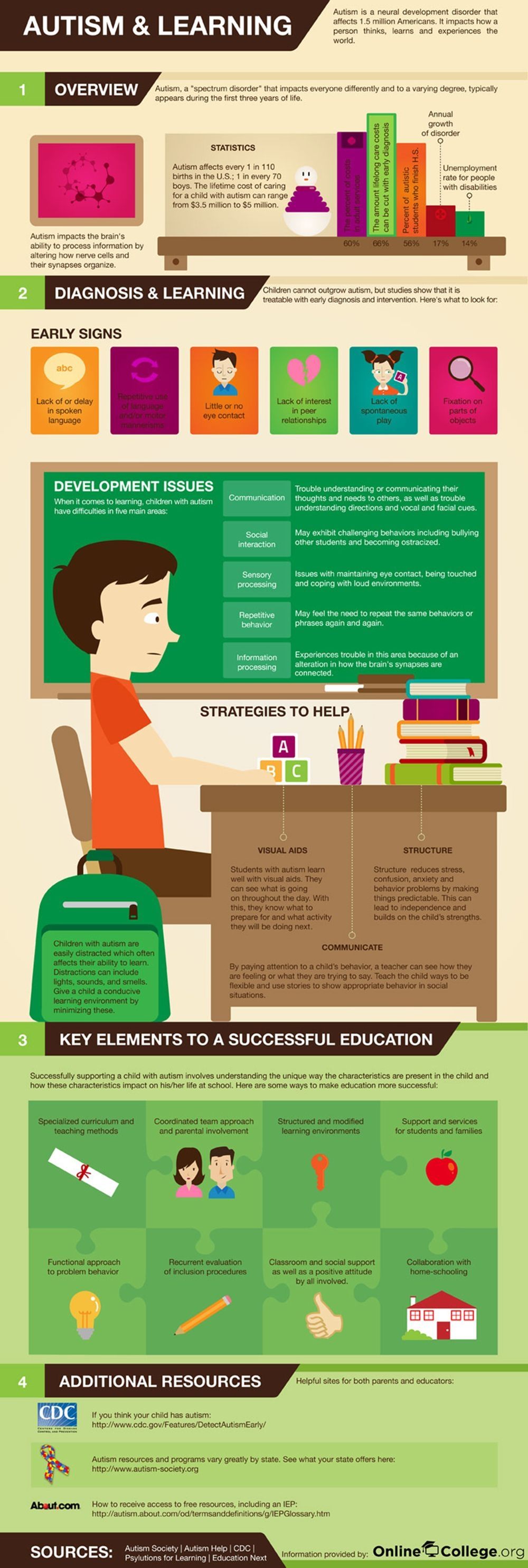According to a study, a 5 minute checklist which can be filled out by parents in pediatrician waiting rooms could help in early autism diagnosis. The design of the study also provides a model for implementing such a change in the practice of pediatricians.[1]
The identification of autism while very young allows treatment to begin sooner for children, which can improve their learning and later development tremendously. Many studies however show a significant delay between the time concerns about a child’s behavior are first reported by parents and the eventual autism diagnosis, with some kids not having a diagnosis until well after they have begun school.
A network of 137 pediatricians was established for the study. After a 1-hour long educational seminar, all infants were screened at their 1-year, well-baby check-up making use of a brief questionnaire which detects autism spectrum disorder, developmental delay and language delay. Caregivers are asked about a child’s use of sounds, eye gaze, words, objects, gestures and other kinds of age-appropriate communication. Children failing the screening were referred for more testing and were re-evaluated every 6 months until the age of 3.
32 infants were identified as having autism spectrum disorder out of 10,479 screened. This is consistent with current rates which would be expected at 12 months after regression and late onset cases were excluded for. The brief screening gave an accurate diagnosis 75% of the time when including those identified as having developmental delay, language delay, or some other kind of delay.
All toddlers with a developmental delay or autism diagnosis and 89% of those with language delay were referred for behavioral therapy after the screening. These children were referred for treatment at about age 17 months on average. For comparison, a 2009 study making use of data from the CDC found that children are currently diagnosed with autism at about 5.7 years of age on average, with treatment starting sometime later.
As well as to tracking infant outcomes, the participating pediatricians were also surveyed. Before the study, few of the pediatricians had been screening systematically for autism spectrum disorder. Following the study, the program was rated positively by 96% of the pediatricians, and 100% of the practices have carried on making use of the screening tool.

Image Source – onlinecollege